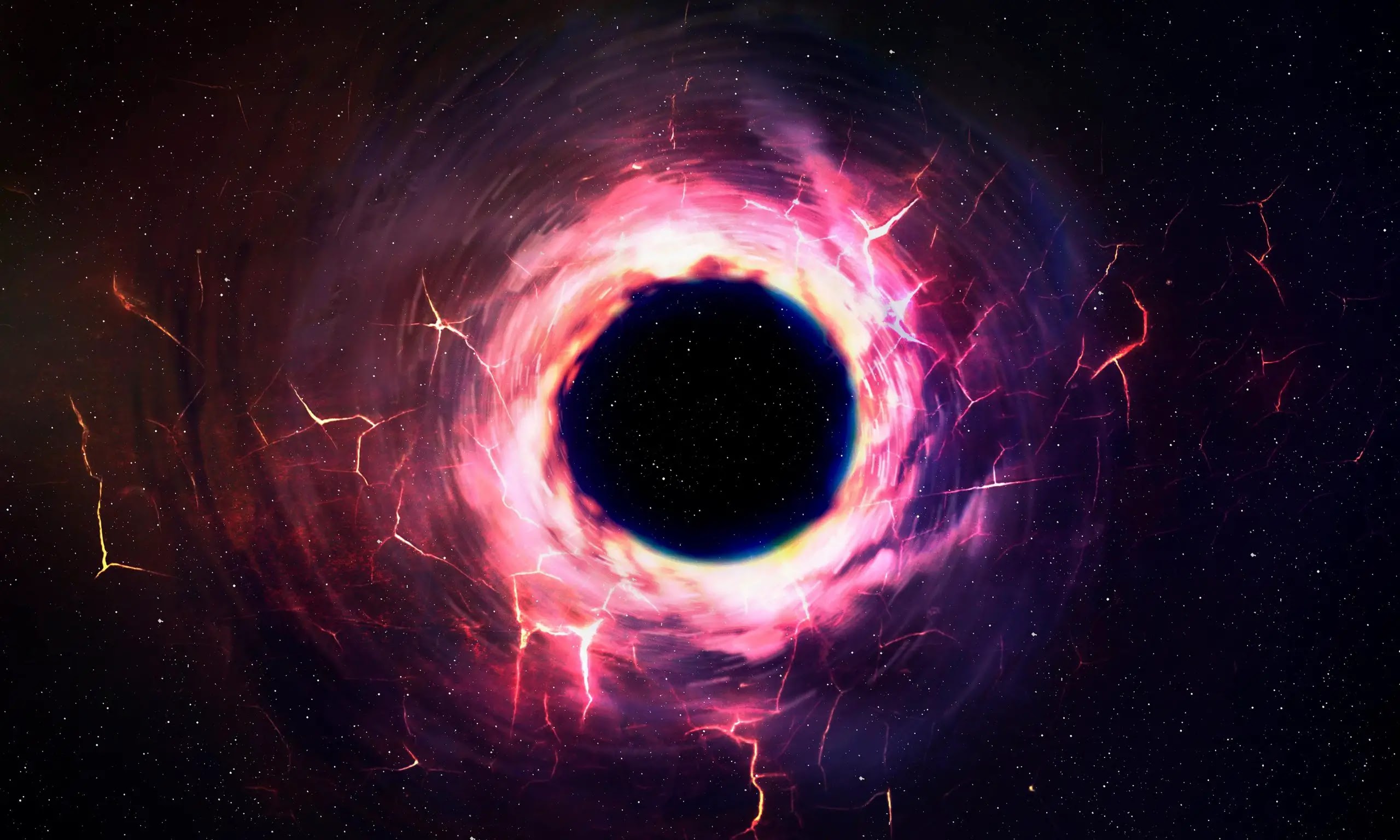For quite some time, there has been a proposition that a density spike of dark matter could develop around a black hole, but despite this theoretical notion, there hasn't been any compelling evidence to support it.
Nonetheless, in a recent study, astronomers from the Education University of Hong Kong have disclosed the discovery of density spikes of dark matter around two neighboring black holes, namely A0620-00 and XTE J1118+480.
“We selected two nearby black holes (A0620-00 and XTE J1118+480) in binary systems,” said Education University of Hong Kong astronomers Man Ho Chan and Chak Man Lee.
“Based on the orbits of the companion stars, observations indicate that their rates of orbital decay are approximately one millisecond (1 ms) per year, which is about 50 times greater than the theoretical estimation of about 0.02 ms annually.”
“To examine whether dark matter exists around black holes, we applied the ‘dark matter dynamical friction model’ to A0620-00 and XTE J1118+480 systems through computer simulations.”
The authors found that the fast orbital decay of the companion stars precisely matched the observational data.
Notably, this is indirect evidence that dark matter around black holes can generate significant dynamical friction, slowing down the orbital speed of the companion stars.
The findings, which verified a theoretical hypothesis formulated in the late 20th century, represent a breakthrough in dark matter research.
According to the hypothesis, dark matter close enough to black holes would be swallowed, leaving the remnants to be redistributed.
The process ends up forming a density spike around the black holes.
“Such a high density of dark matter would create dynamical friction to the companion star, in a way similar to drag force,” Dr. Chan said.
“This is the first-ever study to apply the ‘dynamical friction model’ in an effort to validate and prove the existence of dark matter surrounding black holes.”
“The study provides an important new direction for future dark matter research.”
“Previous studies, which relied mostly on gamma rays and gravitational wave detection to examine the presence of dark matter, depended on the occurrence of rare events, such as a merger of two black holes.”
“That might require a prolonged waiting time for astronomers. The novel approach, however, will no longer be confined by these limitations.”
“In the Milky Way Galaxy alone, there are at least 18 binary systems akin to our research subjects, which can provide rich information to help unravel the mystery of dark matter.”
Sources
Man Ho Chan & Chak Man Lee. 2023. Indirect Evidence for Dark Matter Density Spikes around Stellar-mass Black Holes. ApJL 943, L11; doi: 10.3847/2041-8213/acaafa








%20has%20found%20more%20than%201,000%20galaxies%20mysteriously%20resembling%20our%20own%20Milky%20Way%20hiding%20out%20in%20the%20early%20universe..jpg)






